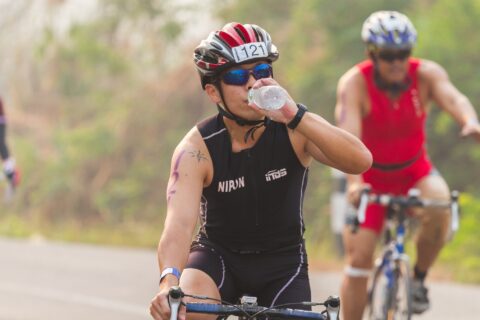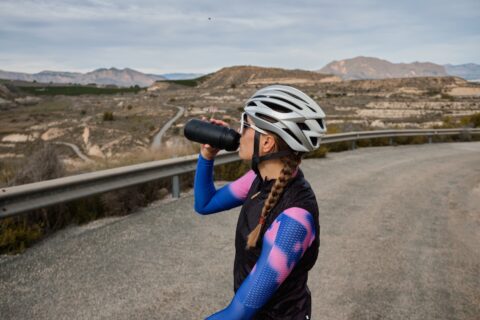Seeking an “ideal racing weight” is a tactic many endurance athletes use to improve performance. Here’s how to find your fastest race weight—while avoid being too heavy or too light.
Seeking an “ideal racing weight” is a tactic many endurance athletes use to improve performance. Here’s how to find your fastest race weight—while avoid being too heavy or too light.




